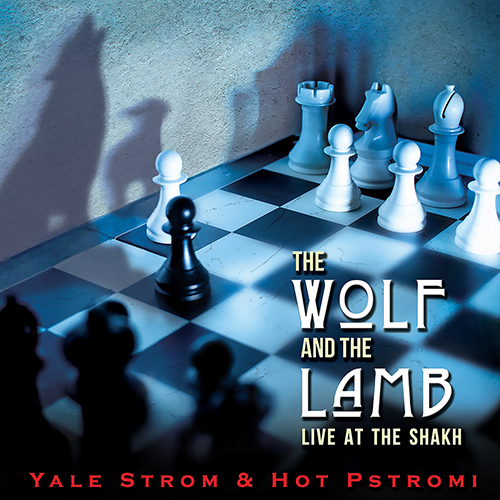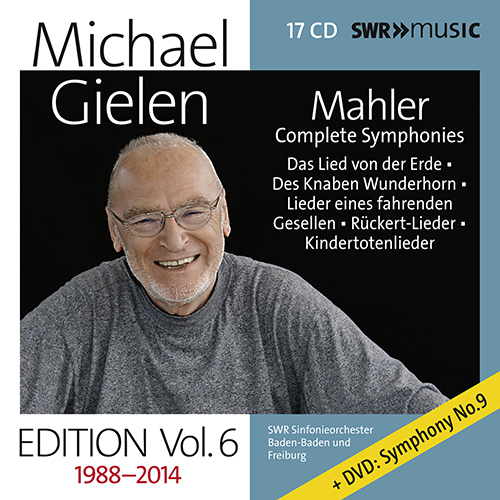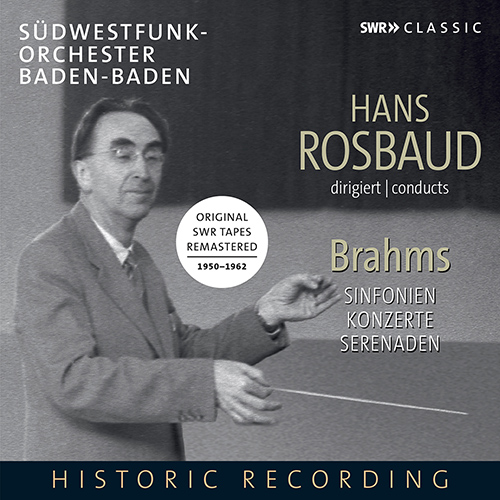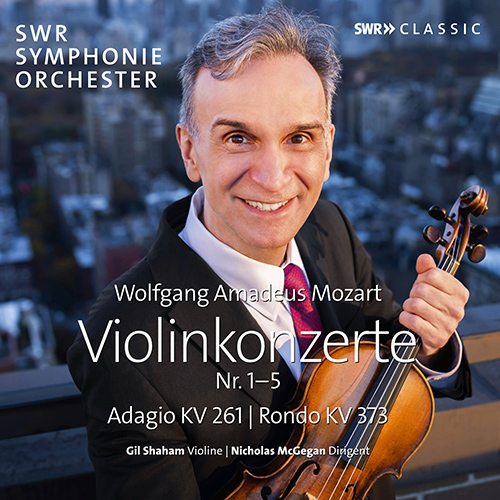In addition to its own wide-reaching monthly new releases (see www.naxos.com/newreleases.asp), Naxos also distributes several leading labels in many countries around the world. Here is a choice selection of recent releases from some of these distributed labels.
SWR Classic is the label of SWR Media Services, on which recordings of the internationally renowned SWR orchestras and ensembles, as well as outstanding archive recordings, are released in cooperation with Naxos. The label has confidently established itself in the fiercely contested music market. The numerous awards and prizes awarded to SWR Classic attest to its success.
The musical spectrum of the label ranges from major orchestral compositions to a cappella works, chamber music and jazz productions, from Viennese classical composers Haydn, Mozart and Beethoven to contemporary composers such as Luigi Nono, György Kurtag and Wolfgang Rihm. SWR Classic presents musical productions of the highest order.
Anne-Sophie Mutter is one of the greatest musicians of our age and for the last five decades has appeared at the world’s leading concert venues. In addition to premiering 31 new works from leading composers, she is an inspiring mentor, has promoted top young musicians and fostered numerous charitable projects. In this documentary, she meets figures she admires, such as tennis star Roger Federer, as well as Daniel Barenboim, legendary film composer John Williams and others. Anne-Sophie Mutter talks candidly about her personal life and the demands of her international career. This unprecedented portrait of a socially active artist is supplemented by archive material from her stellar career.
It was apparently Rimsky-Korsakov, himself a member of the ‘Mighty Handful’ of Russian nationalist composers, who encouraged his students at the St. Petersburg Conservatory to go out and collect Jewish folk music and music sung in the synagogues, getting thus the ball rolling for a specific Jewish classical music. The movement led in 1908 to the founding of the St. Petersburg Society for Jewish Folk Music and, in 1923, of the Society for Jewish Music in Moscow. The success of the latter and its members was however, short-lived. The antisemitic, anti-cosmopolitan forces that started to brew under the new soviet regime led many potential members of the society to emigrate. The ones that remained were forced to focus on proletarian themes and, even when complying with the requirements, still found themselves often repressed or incarcerated outright.
The 1960s proved to be a significant decade in Claudio Santoro’s ever-eventful life. The charged atmosphere of the Cello Concerto can be attributed to his experiences in East Berlin at the moment construction started on the Berlin Wall. Despite its challenging solo writing, the concerto is the most symphonically proportioned of all his concertante works. Exceptionally for Santoro, the dramatic Eighth Symphony combines serial techniques with an openly Expressionist idiom. Três Abstrações explores timbres and dynamic contrasts with string orchestra, while Interações Assintóticas is Santoro’s only work to use quarter-tone tuning for some remarkable effects.
What do you get when you mix folk music with the music of life?
Musica Vitae has established itself as a top-notch chamber orchestra, renowned for its exceptional performances. Meanwhile, with a fervent dedication to improvisation and drawing inspiration from jazz, soul, and reggae, Nordic has successfully brought folk music to both national and international audiences. Together, they have embarked on a series of high-profile gigs, including the renowned Korrö Festival. Nevertheless, the question remains: what do you get? The answer is a record unlike any other.
Always self-critical as a composer, Tchaikovsky was initially unhappy with this Fifth Symphony, but it is hard to think of any other work that is so rich in unforgettable melodies or so opulently coloured. The work soon became the most beloved of all his symphonies amongst audiences deeply moved by the transformation of its Fate motif into an exultant message of triumphant affirmation. Tchaikovsky’s ‘noisy festival piece’, the 1812 Overture is filled with dramatic effects topped by the glorious din of cannon-shots and bells. These classic Vox recordings by the Utah Symphony Orchestra were originally released in 1974, and remain much admired to this day for conductor Maurice Abravanel’s fresh and direct interpretations.
BR-Klassik presents the live recording of a concert performance of Hindemith’s opera Cardillac from the Prinzregententheater in Munich on October 13, 2013, in memory of the great conductor Stefan Soltész. Soltész died unexpectedly on July 22, 2022, exactly one year ago, after collapsing while conducting Richard Strauss’ Die schweigsame Frau at the Munich National Theatre. The Hungarian-born Austrian conductor was General Music Director of the Essen Philharmonic and Artistic Director of the Essen Aalto Music Theatre from 1997 to 2013. Both institutions were decisively shaped by him and received several awards during his era. He was a welcome guest conductor with the orchestras in Munich. In addition to the standard works from Mozart to Strauss, an important focus of his opera repertoire was classical modernism. Paul Hindemith’s three-act opera Cardillac, composed in 1925/26, was the composer’s long-awaited first full-length stage work, and was based on E. T. A. Hoffmann’s novella Das Fräulein von Scuderi.
Welcome to My World, Grammy Award-winning bass-baritone Mark Steven Doss’ debut recording for Cedille Records, is a solo vocal recital showcasing Doss’ extraordinary career and artistic versatility. The recording provides a rich and varied musical experience, reflecting Doss’ range as a performer. Mark Steven Doss has graced the stages of over 60 major international opera companies in more than 100 operatic roles.
This album celebrates the success of the renowned Bel Canto Foundation, of whose annual competition Doss was the1985 Grand Prize Winner. With the support of the Foundation, Doss had the opportunity to study with legendary tenor Carlo Bergonzi and embark on a continuing major international operatic career that has already spanned four decades. Cedille Records continues and immortalizes the Bel Canto Foundation’s tradition of supporting Chicago vocal talent with this release.
Doss is joined by celebrated pianist Ken Smith, who has also made significant contributions to the Bel Canto Foundation, including playing for the Foundation’s annual competition and serving as the principal coach for its seminars.
Daniel Gutmann, the young and already internationally acclaimed Austrian baritone and ensemble member of the Munich Gärtnerplatztheater, presents a collection of songs by Robert Schumann, based on poems by Heinrich Heine, accompanied by Maximilian Kromer on the piano. This album, titled Tränenflut, takes its name from Schumann’s renowned song cycle Dichterliebe, Op. 48, which features prominently in this recording. Furthermore, this compilation includes Schumann’s captivating Liederkreis, Op. 24, comprising nine exquisite songs. In addition, Gutmann and Kromer also offer their interpretation of Schumann’s compositions of two of Heine’s well-known ballads, Belsatzar, Op. 57 and Die beiden Grenadiere, Op. 49/1.
Carl Loewe fashioned his 1841 oratorio about the Bohemian theologian Jan (or Johann) Hus (or Huss) as a kind of ‘opera without a scene’. A good 100 years before the rise to prominence of religious reformer Martin Luther, Hus had taken a hard stance on the official church and was burned at the stake on 6 July 1415 in Constance, following his condemnation by the council.
Based on a libretto by August Zeune, Carl Loewe’s Jan Hus premiered on 16 December 1841 in a performance by the Berliner Singakademie. This rarely performed work, surely deserving of more attention, is now finally available with this world premiere recording by the Arcis Vocalisten and the Baroque Orchestra L’arpa festante conducted by Thomas Gropper.
The term ‘radio opera’ is generally held to mean the adaptation of stage works for radio. The first attempts were carried out in Berlin; soon after, commissions were made for original works in the medium. The most important principle was to ensure that these were easily comprehensible to the listener; audiences were to enjoy an exciting listening experience with the help of modern technology. Despite his lack of dramatic musical experience, Werner Egk (1901–1983) could sense the fascination inherent in this avant-garde genre. The experienced conductor Hermann Scherchen stood by him as advisor; even so, the unerring certainty of purpose with which Egk seized upon this project does indeed seem remarkable.
Egk wrote the libretto himself, drawing on texts from historical sources and clearly disassociating himself from the genre of opera with the subtitle “Report and Portrait”. The work’s basic concept of a synthesis of epic and pictorially dramatic elements gave Egk the necessary freedom to incorporate characteristics from oratorio and speech theatre into his ideas for radio opera. His chief model here was Igor Stravinsky’s Oedipus Rex.
The booklet contains liner notes and synopses in both German and English, together with the German libretto.
Fabrice Bollon’s Janáček project was developed during the COVID lockdown when the use of large orchestras was forbidden. Bollon wrote a version of The Cunning Little Vixen for twelve instruments – not a reduction but an imaginative recreation employing new combinations of sounds, without brass. Janáček’s vital, highly personal orchestration inspired Bollon, in his version, to make the opera more accessible and open to a wider audience. He has also compressed Šárka into a duo and written Twelve Lilies for Leoš, a colourfully scored tribute employing reminiscences from Janáček’s works.
Under the baton of the esteemed conductor Jascha Horenstein, the Vienna Symphony Orchestra and the Vienna Oratorio Choir unite to deliver a spellbinding performance of Mozart’s Mass No. 16, ‘Coronation Mass’ and Vesperae solennes de confessore. The celebrated soloists, including soprano Wilma Lipp, alto Christa Ludwig, tenor Murray Dickie, and bass Walter Berry add brilliance to this sacred performance.
Set in a nightmarish Bardo, a place between death and rebirth, a tormented writer faces down demons of his own making in search of escape. This is the premise of composer David T. Little and poet Anne Waldman’s Black Lodge – a multilayered modern opera that draws on the complex mythologies surrounding artists like William S. Burroughs (Naked Lunch), David Lynch (Twin Peaks) and more. A journey into Hell and back, Black Lodge fuses industrial metal and punk with classical string quartet and opera to create something wildly vivid and new.
With music and lyrics created first, then reverse-engineered by director Michael Joseph McQuilken into an episodic art film with flashes of Technicolor body horror, Black Lodge harnesses a bristling energy that wowed a packed house at Opera Philadelphia’s Festival O22 when it premiered last October, in a production by Beth Morrison Projects.
The debut merged elements of the film with live performance by Timur and the Dime Museum, prompting the New York Times’ Zachary Woolfe to remark how ‘…the music embraces Little’s longstanding interest in the grittier side of pop, the dark, pounding industrial ‘nu metal’ style of (I’ll date myself) Slipknot, Korn and System of a Down.’
The paths of cellist Nargiza Yusupova and pianist Polina Spirina crossed for the first time in 2016, but not, as one might expect, in the corridors of music academies, but rather curiously enough, in a children’s playground. Since then, this Munich duo has attracted attention with their brilliant and sensitive, transparent sound and their creation of unique and intimate moments through their charming storytelling and poignant anecdotes drawn from their experiences. The duo shares a special connection and intimacy with their audience, resulting in performances that are personal and approachable. The press agrees that ‘the harmony of their virtuoso interplay’ makes every concert an ‘experience of dynamic contrasts and floating sounds’.
The Sonar Trio’s newest album finds inspiration in the universality and timelessness of lithos (rock) as it bears testament to the passage of time and connects distant worlds and cultural traditions. Except for the first two tracks, all pieces on the Lithos album are dedicated to the Sonar Trio. The music guides the listener on a journey delving into the depths of human emotions, abstract sounds, and echoes of a prehistoric world. The Trio – Marco Delisi (flute), Roberto D’Urbano (clarinet) and Vanessa Sotgiu (piano) – are skilled musicians who explore contemporary music that blends Western and Eastern influences. On this recording, they have brilliantly merged the essence of human existence with its primal roots and bridged the gap between historical context and the natural world, re-establishing the sensory connections between sounds and colours, vision and listening, thus creating a captivating musical experience.
Domenico Scarlatti’s keyboard sonatas are among the most original of the 18th century, especially in their use of often discordant and chromatic harmonies. From the virtuoso Essercizi (K. 12 and 15) to the touching cantabile eloquence of the Sonata in G Major, K. 144, most of the repertoire on this album consists of lesser-known works incorporating elements of dance forms from Spain and Portugal. The last three pieces, attributed to Scarlatti, are especially intriguing. They include a world premiere recording of the colourful Sonata in D Minor and Sonata No. 5 in C Major, which ends the programme with a vivid display of musical fireworks.
Multi-award-winning guitarist Johan Smith has considerably extended his instrument’s repertoire with this selection of transcriptions celebrating childhood in a variety of ways. These popular piano works – Schubert’s Erlkönig, Granados’s atmospheric Tales of Youth, Mozart’s elegant Sonata facile, Schumann’s Scenes from Childhood and the exquisitely sensitive and insightful miniatures of Debussy’s Children’s Corner – are presented in a totally natural and idiomatic manner within the guitar’s distinctly expressive soundworld.
Following the success of Facets, which was dedicated to Schumann and Chopin, Stradivarius is pleased to announce the release of the first volume of Mariangela Vacatello’s new project – Scriabin: The Complete Piano Sonatas.
Scriabin’s Piano Sonatas, comprising ten pieces with assigned opus numbers, were composed between 1891 and 1913 and reflect the development of the composer’s entire artistic journey, evolving from the fiery romantic gestures reminiscent of Liszt to the dissolution of rationality and the embrace of symbolic esotericism. Rather than following a structured progression, the musical discourse in the First, Third and Fourth sonatas blooms with recurring themes and self-references in the Fifth, Ninth, and Tenth. The interconnectedness between movements and the presence of cross-references, such as trills, fanfares, arpeggios, and chromatic passages, hints at the idea of a unified work. The sonatas seem to form a larger complex and intertwined composition, representing a single spiritual journey influenced by the enigmatic philosophies of Vladimir Solovyov.
The history of Verdi’s Messa da Requiem’s interpretation is inextricably bound up with the name of Herbert von Karajan. He conducted the work on countless occasions and in this legendary concert, he performed it with some of the greatest singers of that time: Anna Tomowa-Sintow, Agnès Baltsa, José Carreras, and José van Dam. Verdi wrote his Messa da Requiem in 1873/74, between Aida and Otello, for Alessandro Manzoni, a poet whom he much admired. Verdi’s Mass for the Dead is not intended for liturgical use but for the concert hall. In addition to its profound spirituality, this masterpiece brings together the finest qualities from Verdi’s operas: endless melodic lines and captivating musico-dramatic effects.
Both Pizzetti and Stravinsky were drawn to the subject of Oedipus Rex but in very different contexts. The 24-year-old Pizzetti was commissioned to write Three Orchestral Preludes for use in a theatrical production. He wrote with an austere sense of orchestral colour, devoid of impressionism that favours the vaguely archaic, with modal inflexions. Stravinsky’s opera-oratorio was written in his neo-Classical style, with a central role for the narrator. In a stark, stylised and formal setting, the use of Latin, and Stravinsky’s instruction for the leading characters to wear masks, add timeless, impersonal elements to a work that culminates in catharsis.
An exile from his native land following the failed revolution of 1848, the impoverished Richard Wagner is in Zurich working on his opera Tristan und Isolde. There he meets Otto and Mathilde Wesendonck, ardent admirers of his music. Wagner’s passionate and scandalous affair with Mathilde, whose poems he set to music, is explored in this feature film by director Jens Neubert. After their relationship ended, Wagner left Zurich for Italy, forever remembering Mathilde as ‘my first and only love’.
Mussorgsky was inspired to compose his masterpiece Boris Godunov after reading Pushkin’s Shakespeare-inspired play of the same name. It features one of the most dramatically rewarding bass-baritone roles: a noble ruler who loves his children and his people, but whose thirst for power has led him to commit a terrible crime. Bryn Terfel is ‘a powerful new Boris’ (The Observer) in Richard Jones’ new production of the original 1869 score. Antonio Pappano conducts an outstanding cast that also includes John Graham-Hall as the crafty Prince Shuisky and John Tomlinson as the vagabond monk Varlaam.
Mary Cassatt made a career painting the lives of the women around her. Her radical images showed them as intellectual, curious and engaging, which was a major shift in the way women appeared in art.
Presenting her astonishing prints, pastels and paintings, this film introduces us to the often-overlooked Impressionist whose own career was as full of contradiction as the women she painted. Her artwork is some of the finest of the period.
She printed, sketched and painted dozens of images of mothers and children yet she never married or had children herself. She was a classically trained artist but chose to join a group of Parisian radicals – the Impressionists – a movement that transformed the language of art. She was as much a part of the group as Degas, Monet or Renoir.
The world’s most eminent Cassatt curators and scholars reveal a riveting tale of great social and cultural change; a time when women were fighting for their rights and the language of art was completely re-written. Mary Cassatt and her modern women were at the heart of it all.
Il trittico premiered in New York on 14 December 1918, composed while the First World War was still raging in Europe. At first glance, the three one-act operas – Gianni Schicchi, Il tabarro, and Suor Angelica – seem to have no apparent connection. Their common denominator is solely the entanglement of man in a fateful destiny that only exceptionally, for a moment, seems to promise a happy outcome to the ‘adventure of life’ – a set of themes that in its complexity seems to be in such good hands with few directors, such as Christof Loy. The main female roles in these three opera acts are performed by the Lithuanian soprano, Asmik Grigorian, a very rare and tremendous feat that further unites these works. ‘Grigorian is […] a wonderful, intense performer: a gracefully graceful Donna fragile as Lauretta, a feverishly longing for love while tormented by guilt Giorgetta, and a desperately lost Angelica rebelling with defiance.’ (Frankfurter Allgemeine Zeitung) ‘Loy’s direction is competent and detailed without being revelatory; this is scrupulous conservatism at its best.’ (Financial Times)
Recorded in the 17th century Shakh Synagogue in Holešov, Czech Republic, Yale Strom & Hot Pstromi’s latest album showcases their extensive expertise in the klezmer tradition. Paying tribute to the rich cross-cultural interaction that shapes Eastern European Jewish music, it focuses on the various communities whom Jews lived amongst, from the Danube River to the Baltic Sea, and how they influenced each other. It is a captivating blend of traditional melodies, virtuosic instrumentation and modern arrangements that celebrates the timeless appeal of this vibrant musical tradition. Both nostalgic and innovative in its musical concepts, it links the past and the future with beautifully emotive vocals, violin, accordions, contrabass, saxophone, clarinet, flute and piccolo.
For many years, Torsten Maaß, a highly accomplished trumpeter, has been actively involved in composing, arranging, and guest conducting for numerous prominent big bands. His music features complex harmonies, intricate arrangements, and innovative improvisational techniques. In the digital single D Is To Drive, Maaß collaborates with the dynamic SWR Big Band, merging his bold and imaginative compositions with their rich, vibrant sound. The result is an exhilarating musical fusion that transports listeners on a sonic journey like no other.
SWR Classic presents a selection of tracks from three captivating compositions performed by renowned musicians and orchestras. First on the list is the enchanting Adagietto from Mahler’s Symphony No. 5 in C-Sharp Minor. The South West German Radio Symphony Orchestra Baden-Baden under the skilful baton of conductor Michael Gielen presents this emotionally rich piece. Next, SWR Classic offers the mesmerizing first movementof Brahms’ Symphony No. 4 in E Minor, Op. 98. Once again, the South West German Radio Symphony Orchestra Baden-Baden, conducted by the esteemed Hans Rosbaud, masterfully interprets this grand orchestral masterpiece. Lastly, the label presents Mozart’s Adagio in E Major, K. 261, featuring the exceptional talent of Gil Shaham on the violin. Accompanied by the South West German Radio Symphony Orchestra under the direction of conductor Nicholas McGegan, this performance is sure to captivate your senses. Don’t miss this opportunity to enrich your musical library with these exquisite performances. Download and enjoy!
* Offer available until 17 August 2023 only.
Make sure to subscribe to Naxos newsletters for other great offers.








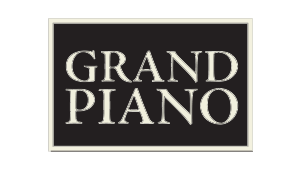
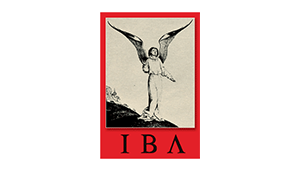



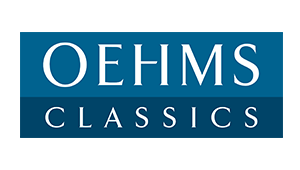


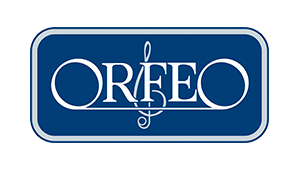












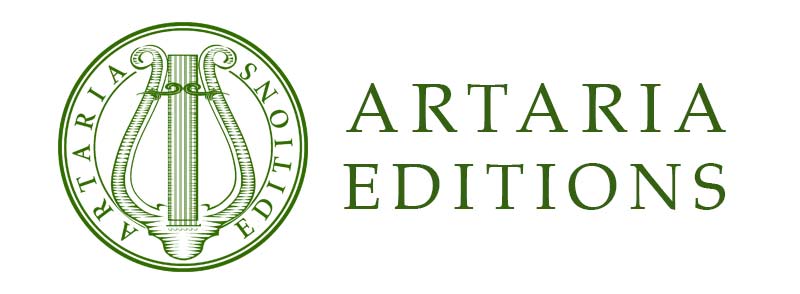



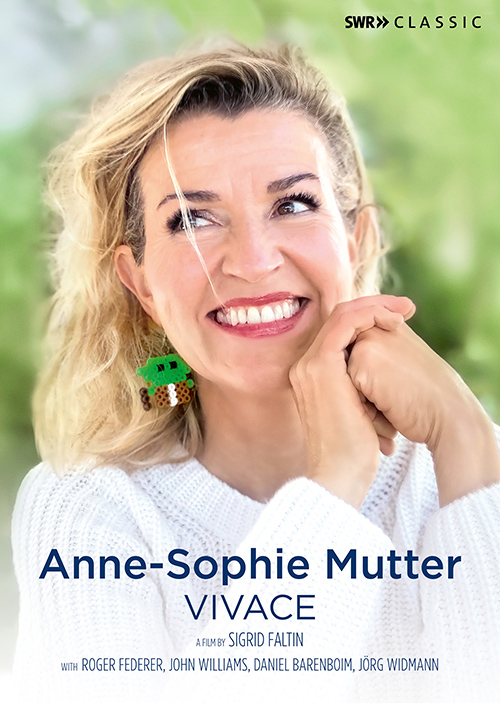
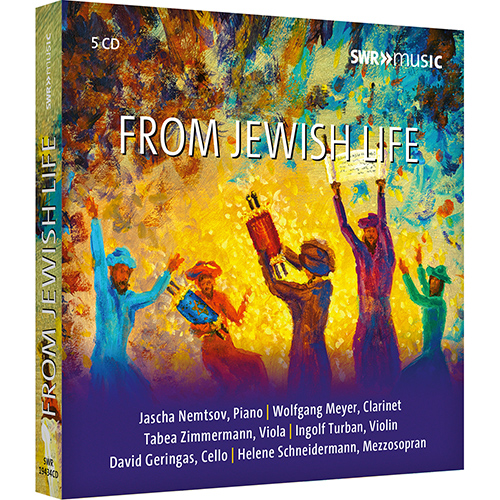
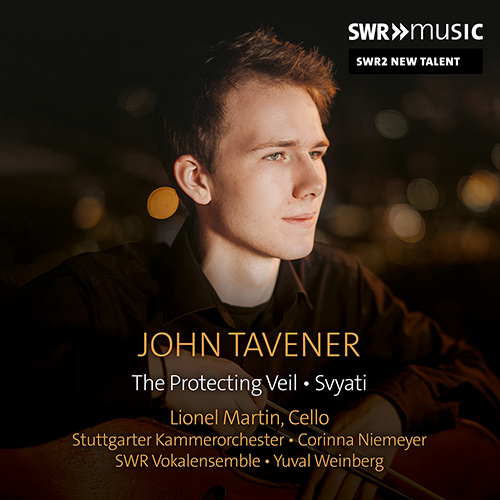
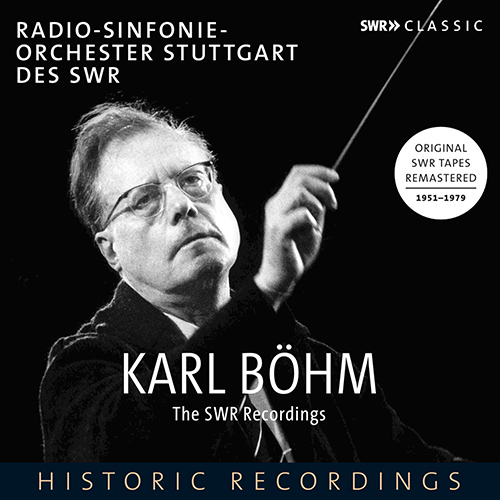
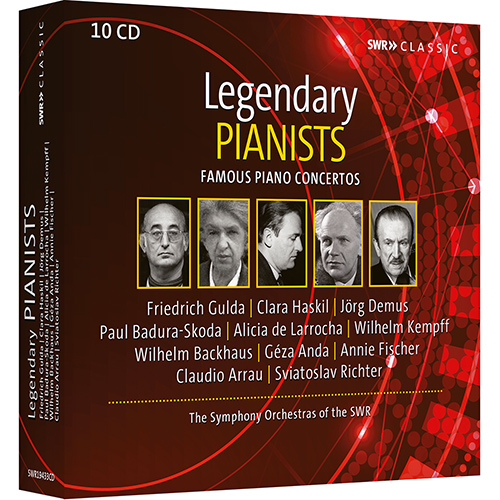
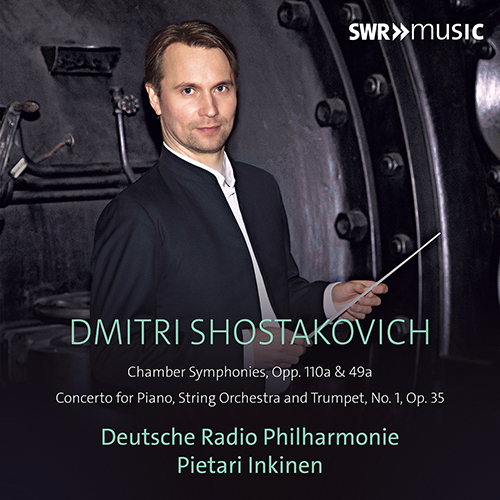
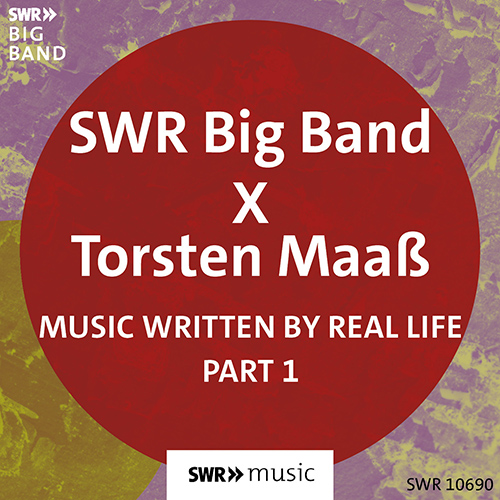
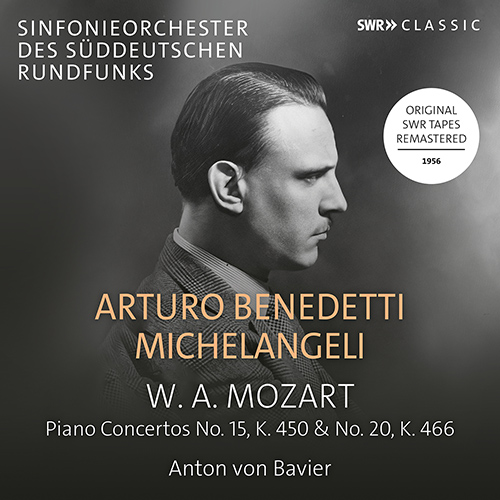
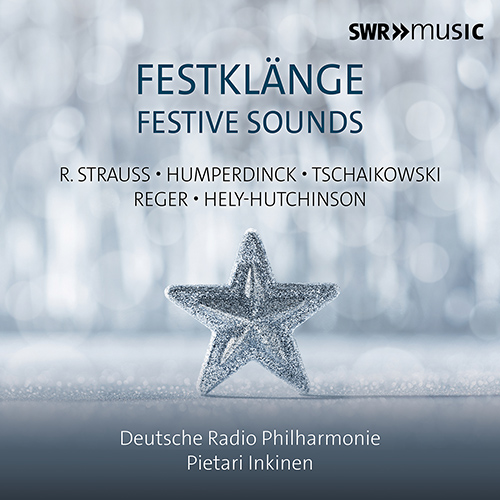
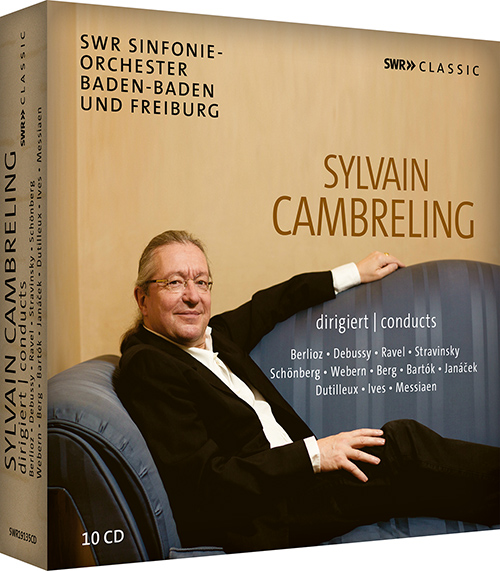
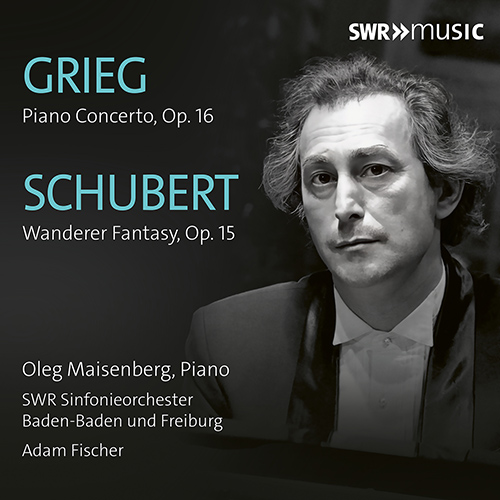
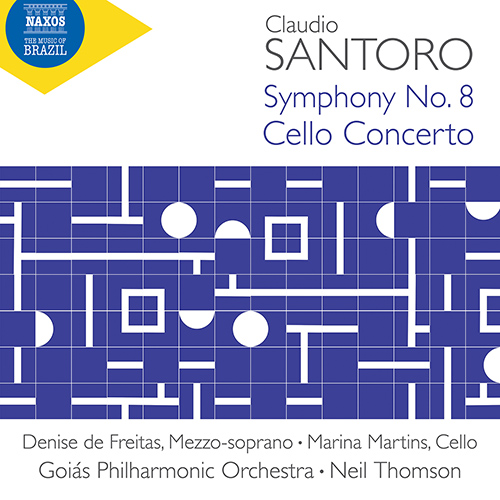
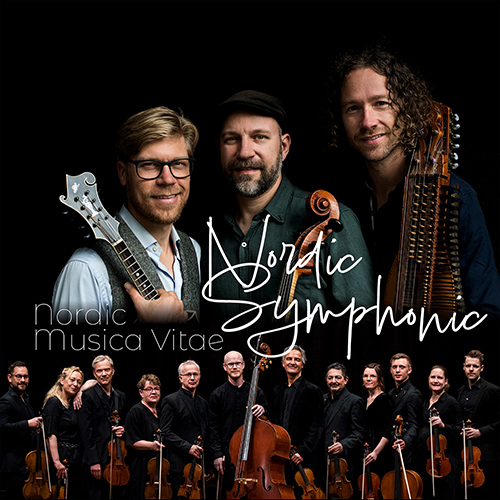
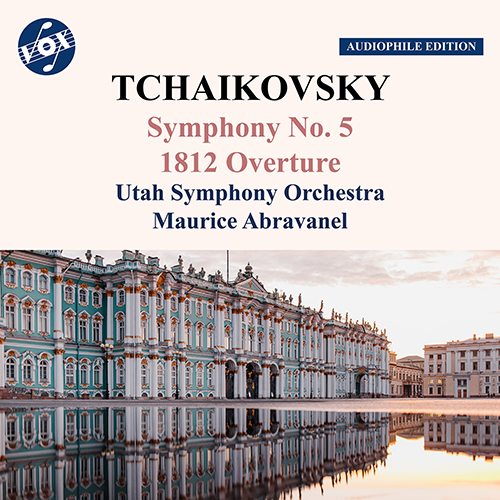
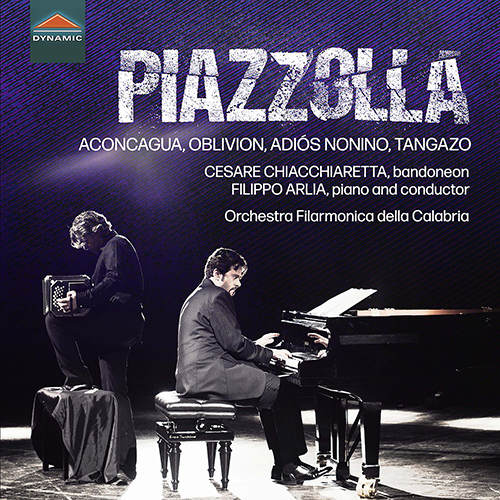
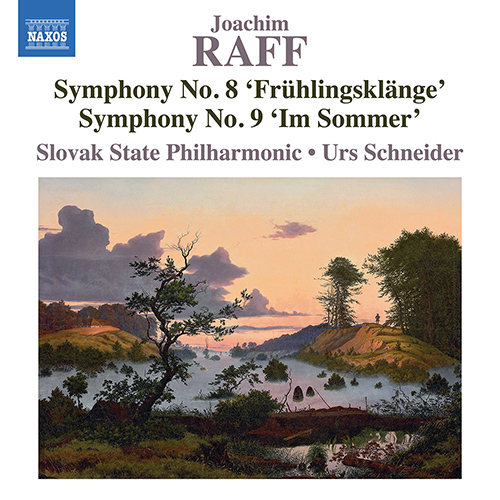
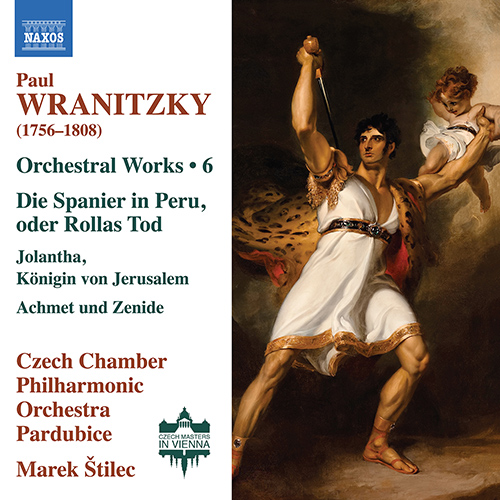
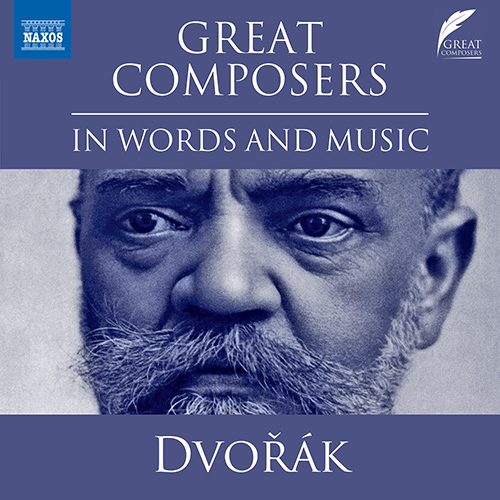
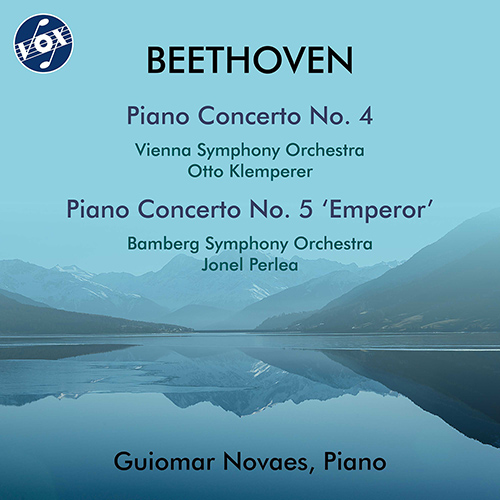
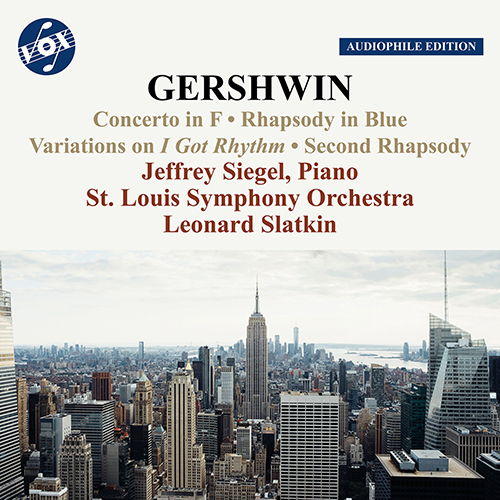
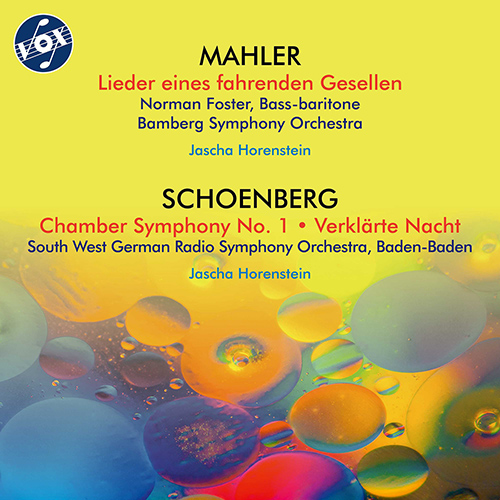
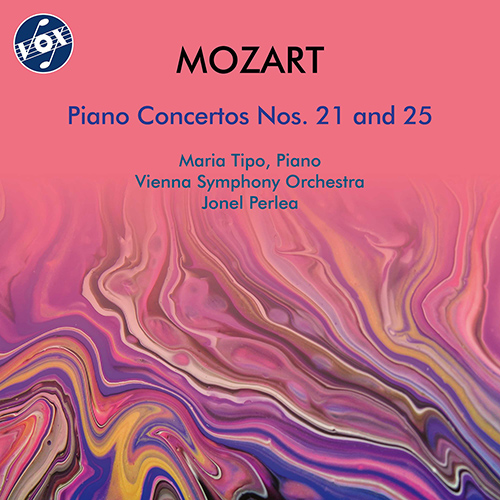
![HINDEMITH, P.: Cardillac [Opera] HINDEMITH, P.: Cardillac [Opera]](../../../sharedfiles/images/cds/hires/900345.jpg)
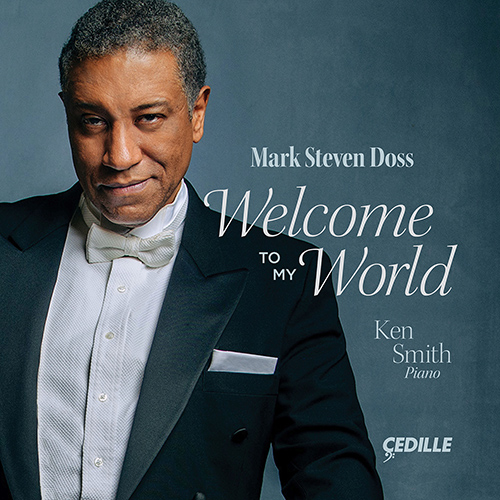
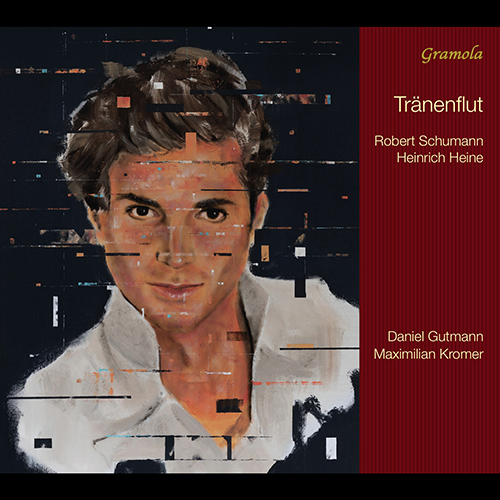
![LOEWE, C.: Jan Hus [Oratorio] LOEWE, C.: Jan Hus [Oratorio]](../../../sharedfiles/images/cds/hires/OC1720.jpg)
![EGK, W.: Columbus [Opera] EGK, W.: Columbus [Opera]](../../../sharedfiles/images/cds/hires/C240032.jpg)
![JANÁČEK, L.: The Cunning Little Vixen (chamber version, arr. Bollon) [Opera] JANÁČEK, L.: The Cunning Little Vixen (chamber version, arr. Bollon) [Opera]](../../../sharedfiles/images/cds/hires/8.660526-27.jpg)
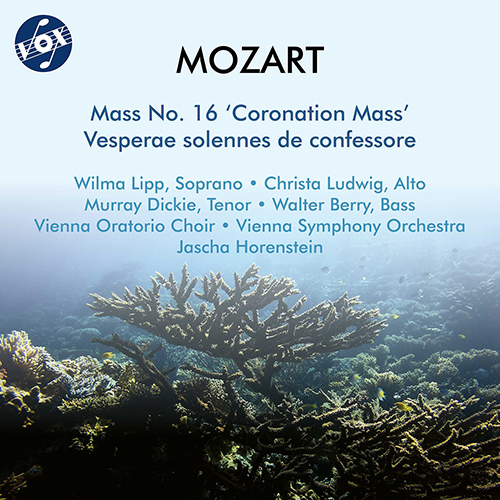
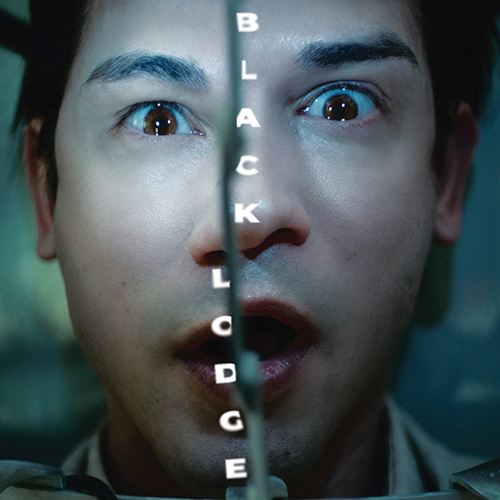
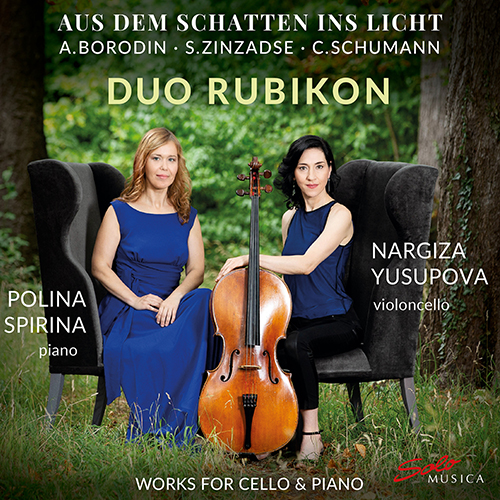
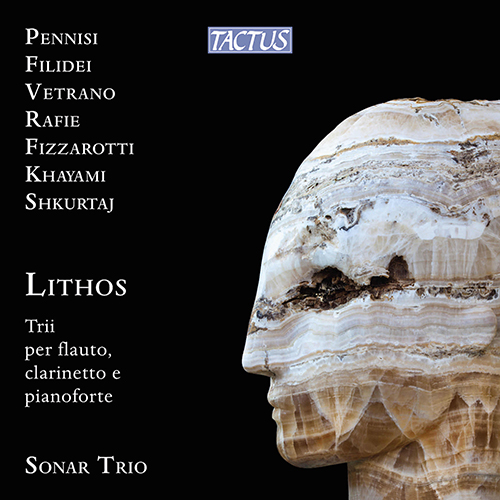
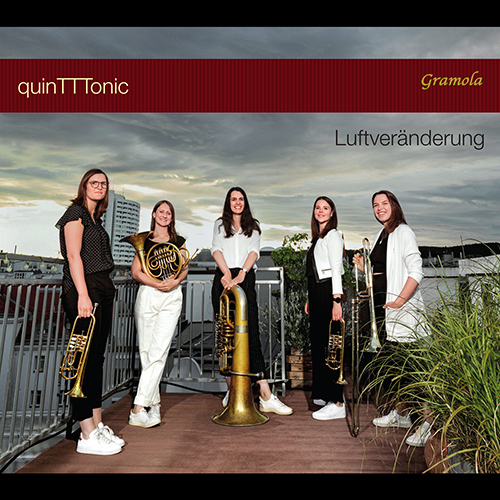
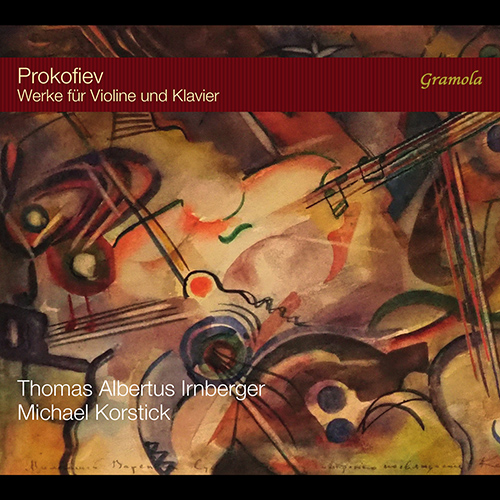
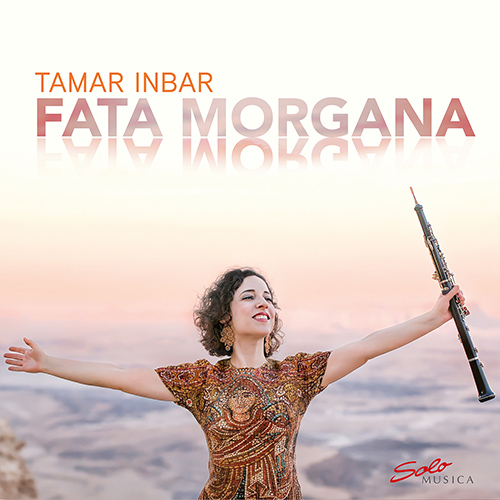
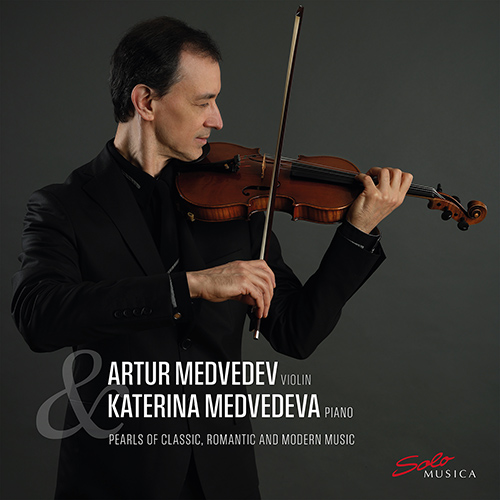
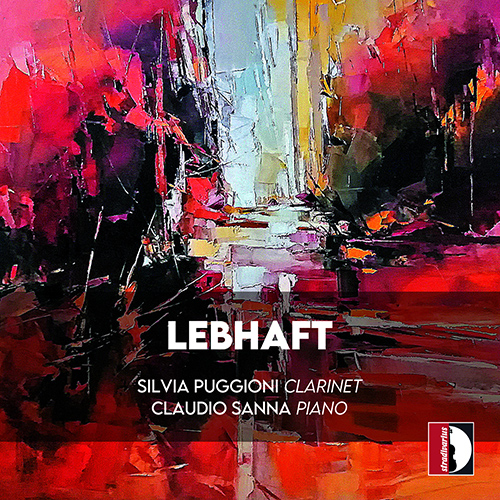
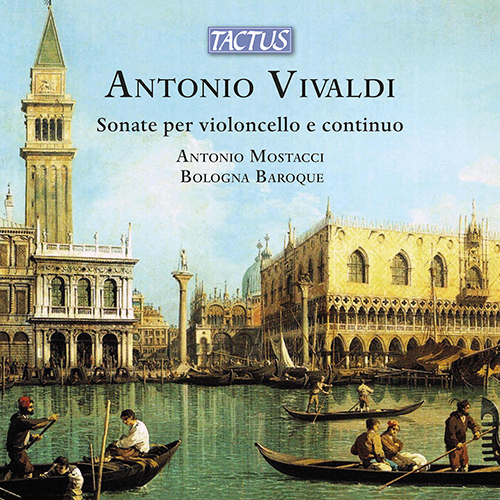
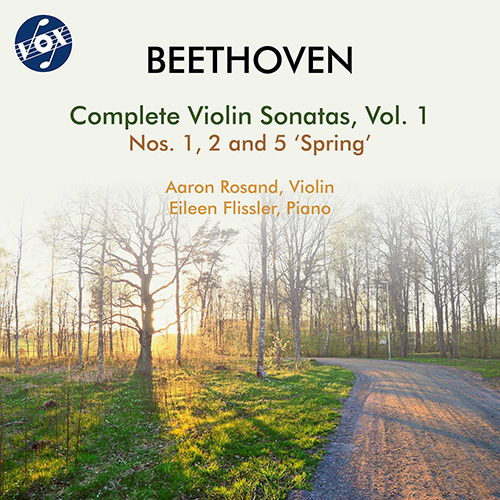
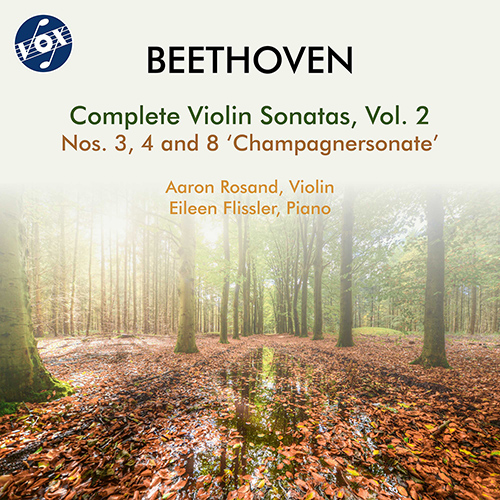
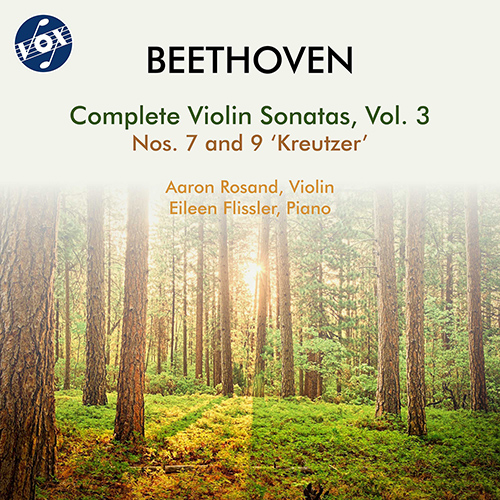
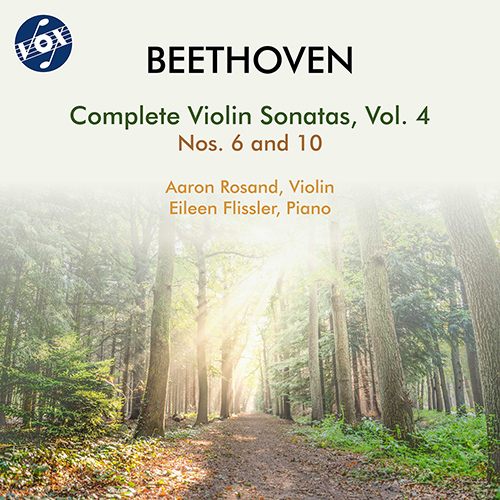
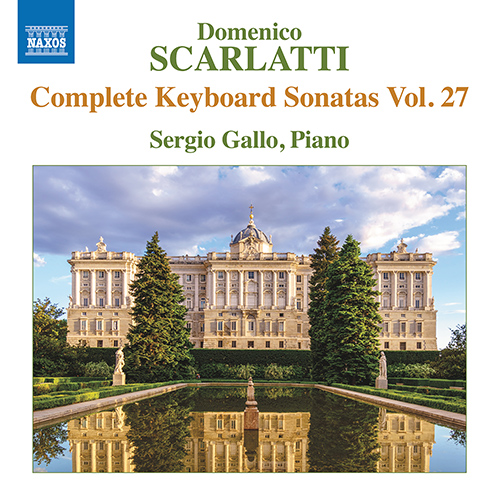
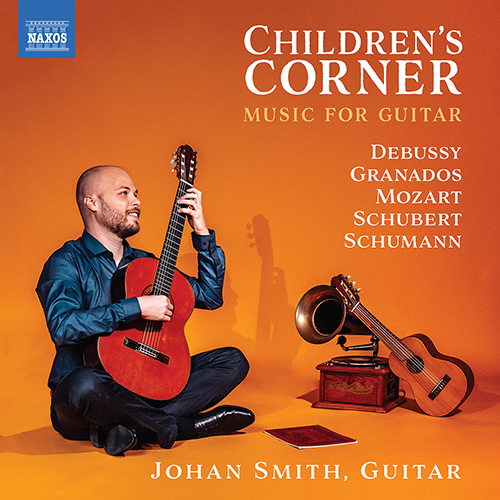
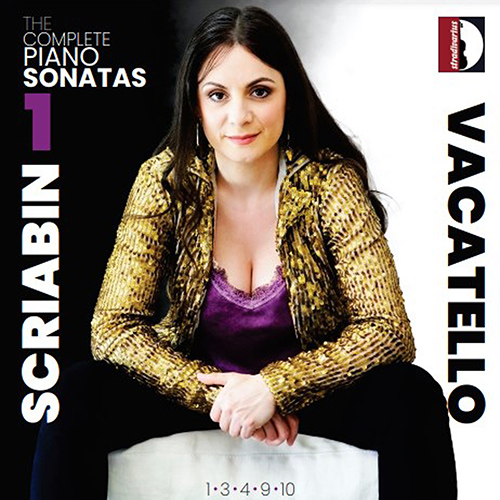
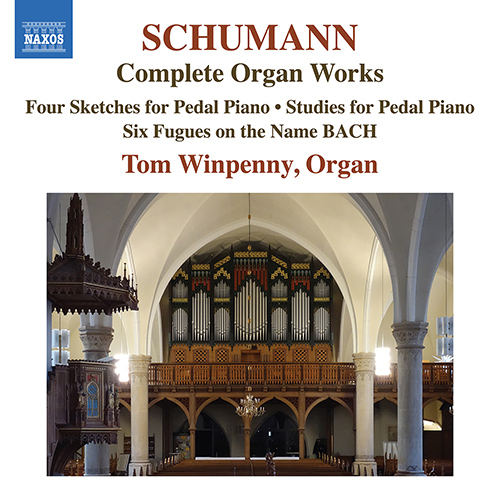
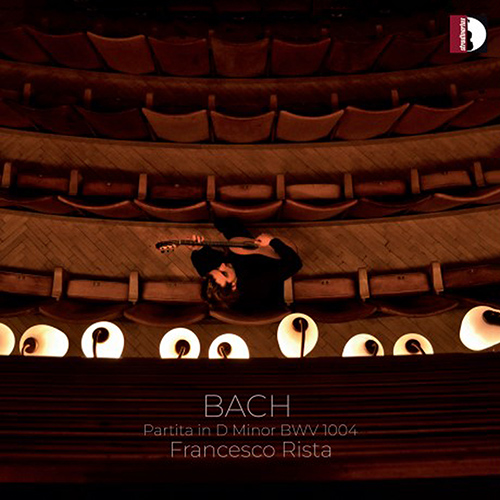
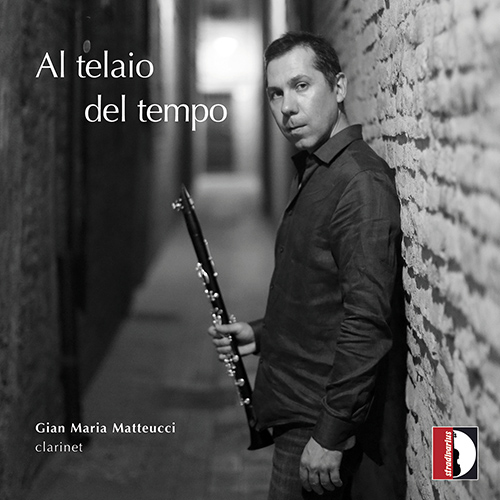
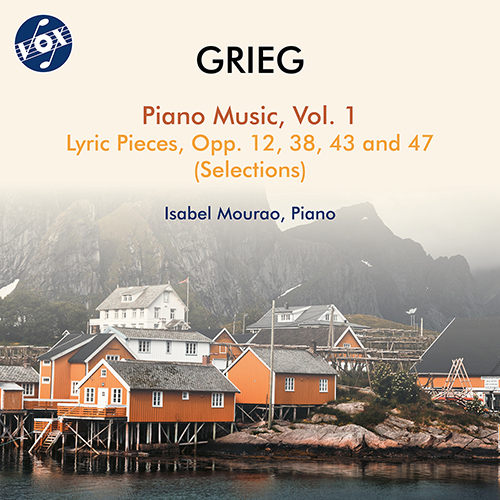
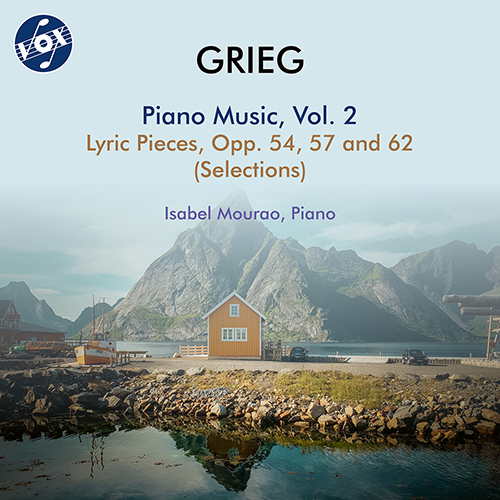
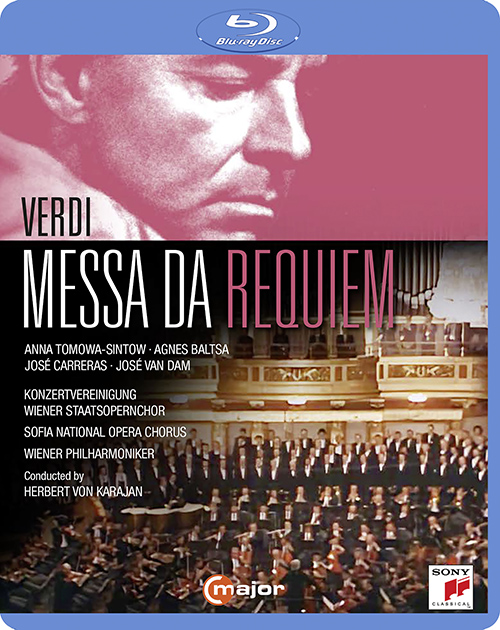
![STRAVINSKY, I.: Oedipus rex [Opera] (Maggio Musicale Fiorentino, 2022) • PIZZETTI, I.: 3 Orchestral Preludes for Oedipus Rex by Sophocles STRAVINSKY, I.: Oedipus rex [Opera] (Maggio Musicale Fiorentino, 2022) • PIZZETTI, I.: 3 Orchestral Preludes for Oedipus Rex by Sophocles](../../../sharedfiles/images/cds/hires/DYN-37981.jpg)
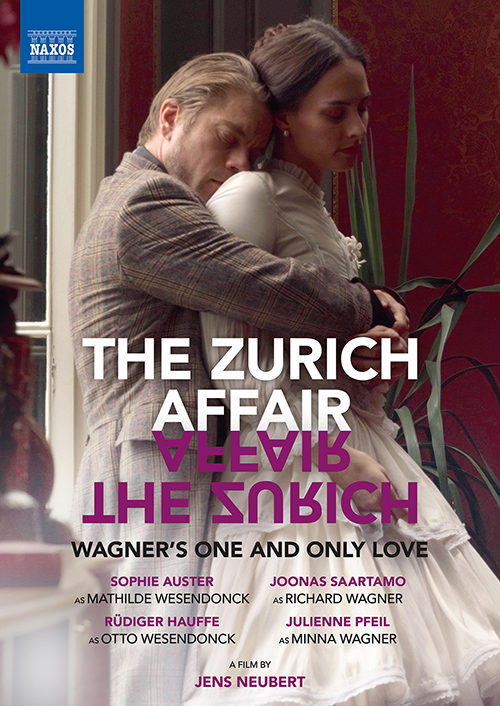
![MUSSORGSKY, M.P.: Boris Godunov [Opera] (Royal Opera House, 2016) MUSSORGSKY, M.P.: Boris Godunov [Opera] (Royal Opera House, 2016)](../../../sharedfiles/images/cds/hires/OA1376D.jpg)
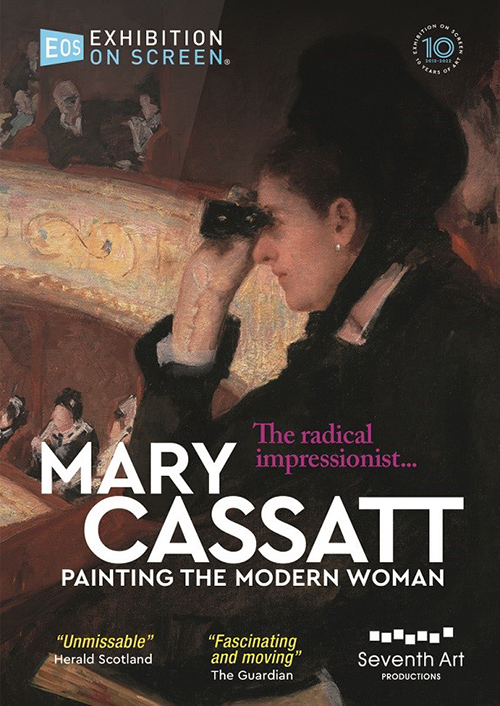
![PUCCINI, G.: Il Trittico – Gianni Schicchi • Il tabarro • Suor Angelica [Operas] (Salzburg Festival, 2022) PUCCINI, G.: Il Trittico – Gianni Schicchi • Il tabarro • Suor Angelica [Operas] (Salzburg Festival, 2022)](../../../sharedfiles/images/cds/hires/808908.jpg)
![BRITTEN, B.: Albert Herring [Opera] (Glyndebourne, 1985) (NTSC) BRITTEN, B.: Albert Herring [Opera] (Glyndebourne, 1985) (NTSC)](../../../sharedfiles/images/cds/hires/OA1375D.jpg)
![MAILLOT, J.-C.: Coppél-i.A. [Ballet] (after L. Delibes) (Les Ballets de Monte-Carlo, 2022) (NTSC) MAILLOT, J.-C.: Coppél-i.A. [Ballet] (after L. Delibes) (Les Ballets de Monte-Carlo, 2022) (NTSC)](../../../sharedfiles/images/cds/hires/808708.jpg)
![MAILLOT, J.-C.: Coppél-i.A. [Ballet] (after L. Delibes) (Les Ballets de Monte-Carlo, 2022) (Blu-ray, HD) MAILLOT, J.-C.: Coppél-i.A. [Ballet] (after L. Delibes) (Les Ballets de Monte-Carlo, 2022) (Blu-ray, HD)](../../../sharedfiles/images/cds/hires/808804.jpg)
